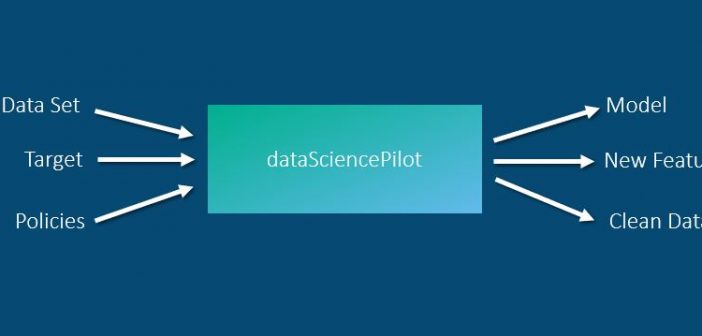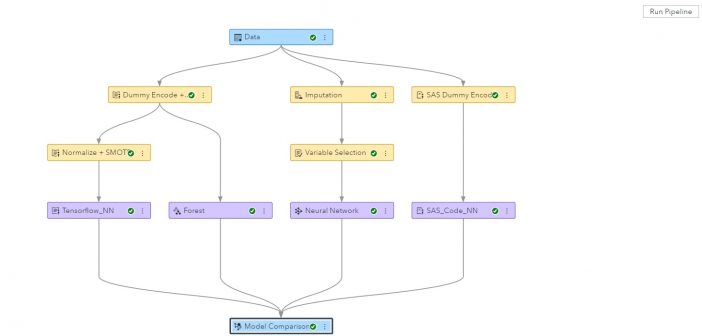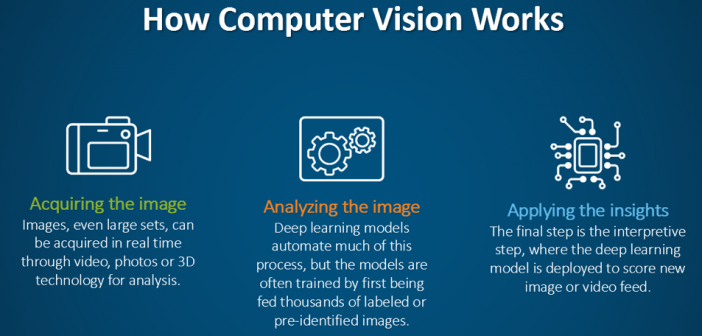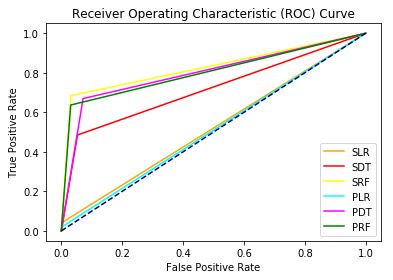The SAS Data Science Blog
Advanced analytics from SAS data scientists
This blog is a part of a series on the Data Science Pilot Action Set. In this blog, we discuss updates to Visual Data Mining and Machine Learning with the release of Viya 3.5. In the middle of my blog series, SAS released Viya 3.5. Included in Viya 3.5 was the

The new method tackles the challenge of missing features under the multi-task learning framework. The proposed method is effective for prediction and model estimation when missing data is present.

SAS Model Studio lets modelers use SAS alongside open source to create and compare models in a pipeline and project. Debugging, model comparison, and visual pipelines are included.

Computer vision can augment radiologists and make the image interpretation process cheaper, faster and more accurate. The ultimate goal is to achieve a better patient outcome facilitated by the use of computer vision.

This blog focuses on using SASPy for modeling and machine learning.

Data scientists naturally use a lot of machine learning algorithms, which work well for detecting patterns, automating simple tasks, generalizing responses and other data heavy tasks. As a subfield of computer science, machine learning evolved from the study of pattern recognition and computational learning theory in artificial intelligence. Over time, machine learning has borrowed from many




